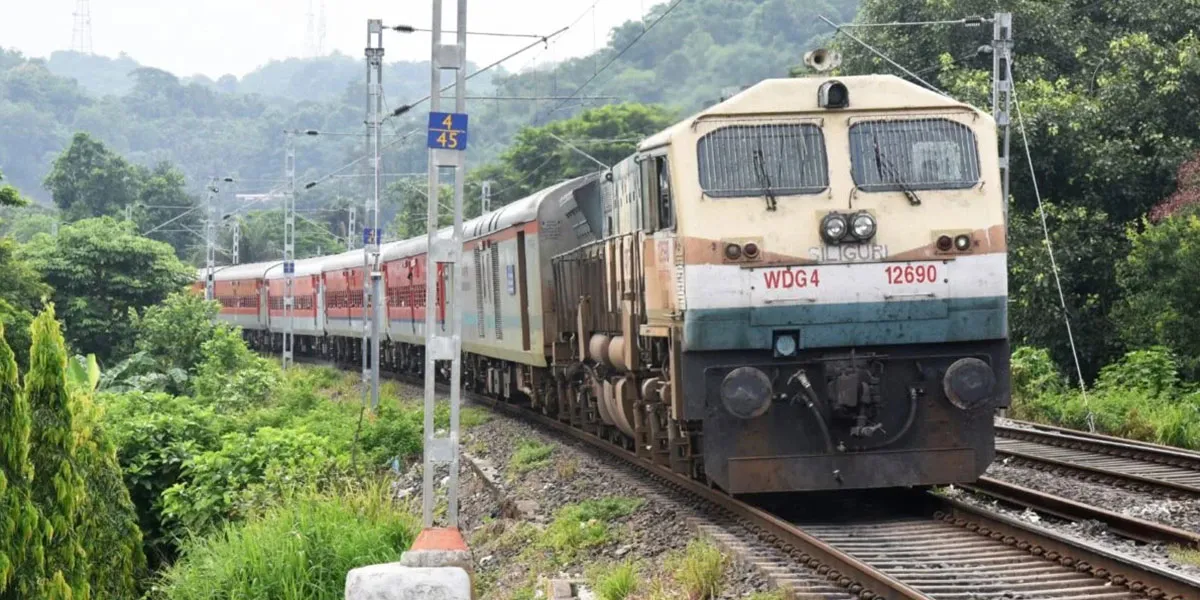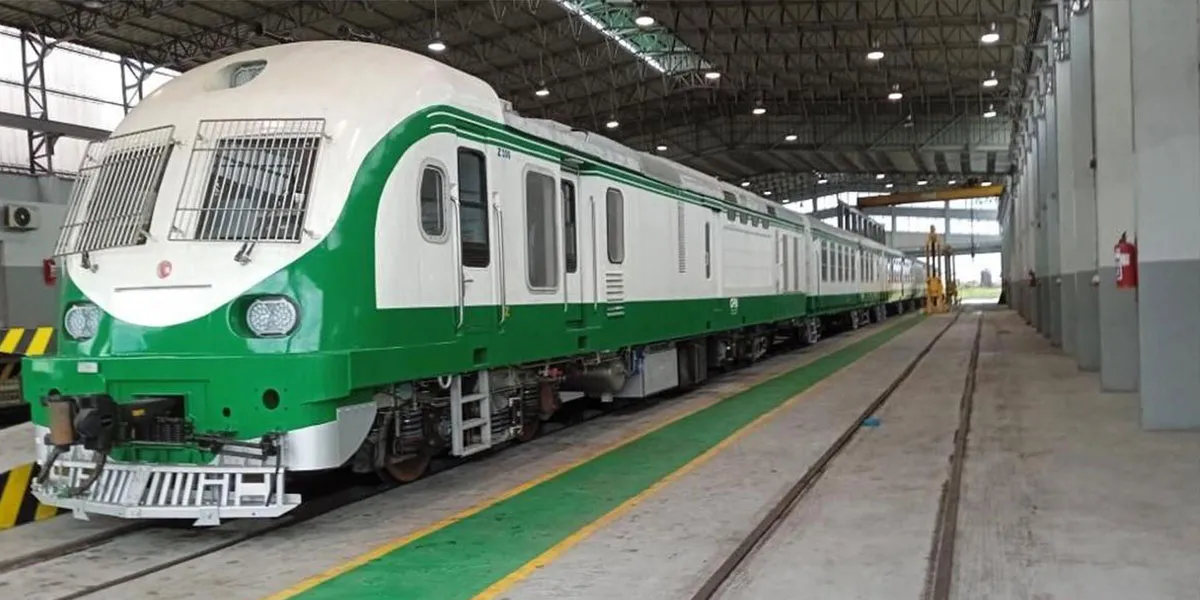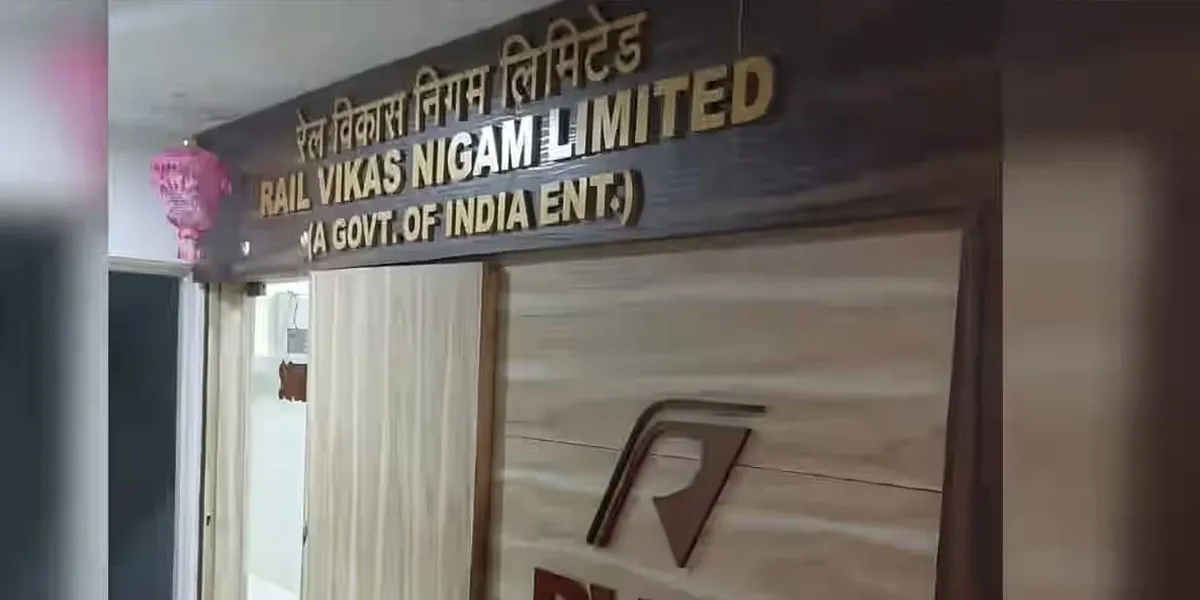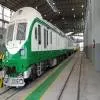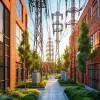A quiet yet precise thinker, Ashish S Raheja, MD & CEO, Raheja Universal, brings a strong design-first perspective to real-estate development. In conversation with FALGUNI PADODE, Group Managing Editor, CW, he reflects on the principles guiding the company’s approach to large-scale ecosystems, such as WTC Navi Mumbai, and why consistency, process discipline and design innovation matter more than design theatrics.You have been developing large-scale mixed-use ecosystems, including WTC Navi Mumbai. How do you approach planning for a marquee project of this scale?The approach is always long term. A mixed-use ecosystem requires clarity on infrastructure, mobility and design from the start. At WTC, every cluster – commercial, residential, retail – is designed with purpose and proportion. We focus on process discipline, not trial and error. The aim is to build something that continues to perform for decades.How do you maintain consistency in execution quality across such large and diverse components?We place a lot of importance on alignment with construction partners. Everything – from MEP to façade and vertical transport – must be standardised. Good buildings come from systems, not improvisation. If your vendors understand your benchmarks and can replicate them, you get better predictability and better quality across each cluster.When you plan a new development, what are the non-negotiable design principles?a) Timeless Design: The development should use enduring forms, materials, and layouts that remain relevant over time, ensuring long-term appeal and value.b) Functionality and User-Centric Design: Spaces should be designed to support seamless user experiences, enabling efficiency, comfort, and accessibility for all occupants.c) Site Responsiveness and Integration: The project should align with site conditions and integrate effectively with existing infrastructure to ensure operational harmony.d) Market Viability: Each design decision must be backed by market insights to deliver a commercially viable asset that meets stakeholder expectations.e) Sustainability: The development must incorporate sustainable practices that enhance long-term environmental performance and operational resilience.f) Legal Compliance and Safety: The development must meet all regulatory requirements and embed robust safety standards to ensure a secure and compliant environment.How do you balance international aspirations with local execution realities?Benchmarking globally is essential, but everything eventually has to work for MMR. Climate, local availability, replacement cycles and long-term maintenance costs matter. Sometimes, a product may be world-class but impractical here. We evaluate everything through durability, lifecycle cost and the ability to maintain it consistently over many years.How do the ongoing regulatory changes in Mumbai, especially around planning permissions, influence your development cycle?Mumbai is highly regulated and every small decision – height, FSI, premiums, clearances –significantly affects viability and design. Developers spend a lot of time navigating regulations before even starting onsite work. Any simplification in the approval process would directly improve delivery speed and help the industry operate with more clarity, in turn helping buyers.What is your view on the new 4.0 FSI allowance along metro corridors?Higher FSI is beneficial when it comes in tandem with infrastructure. Premium and land prices shouldn’t rise too sharply keeping, the objective of affordability in mind. We need a balanced approach where transport, planning and policy work together. Higher FSI can then translate into real value for end-users.How do you view the decision to allow the Municipal Commissioner to clear building heights up to 180 m shaping Mumbai’s skyline and future urban planning?It is a good decision as it brings back ease of doing business. Developers were never fundamentally concerned about the height cap; the challenge was the time-consuming approval process. Earlier the limit was 70 m, then 120 m; with every shift, the first few clearances always went through smoothly because authorities were still figuring out navigation. This decision removes one big procedural layer and delegates authority to the BMC, which is good for the industry & buyers.Where this really adds value is time. And in Mumbai, time is more expensive than money. A three-month delay can shave off nearly 3 per cent of the bottom line. So, while construction costs don’t change, faster movement through the system is a major advantage. It also aligns with the direction seen in other recent decisions such as the environment clearance verdict, which again focuses on cutting delays. Overall, the move will streamline permissions, reduce uncertainty, and finally make the approval journey more predictable for high-rise development.What guides your procurement decisions for materials and building systems?Performance and lifespan come before appearance. We look at how a system behaves over time, whether it is façades, elevators, MEP or finishes. Everything must be consistent and maintainable. We prioritise materials and technologies that hold up well in Mumbai’s environment and support long-term operational efficiency.What is the long-term vision you’re working towards?To create developments that age well. Anyone can build a project; the real test is how it performs over years. Our focus is consistency: in planning, execution, materials and overall user experience. If every cluster or building reflects that consistency, the brand automatically strengthens. We hope to replicate our signature legacy projects like Buckley Court; One, Altamount Road; Raheja Legend; Raheja Atlantis; Raheja Imperia I; Raheja Sunkist; Raheja Exotica; Raheja Acropolis; Raheja Titanium and Raheja Centre Point to name a few. These projects have become timeless and have greatly appreciated in value for our buyers.Fact File:a) Year of establishment: 1986b) Top management: Suresh L. Raheja, Chairman | Ashish S. Raheja, MD & CEOc) Number of employees: 378d) Areas of operations: MMR which includes Vashi NX, Worli & Versova Islande) Completed projects: 50+ Projects | 10 million sq ft delivered f) Ongoing project areas: Worli (0.22 million sq ft), Versova Island (1.39 million sq ft), Vashi NX (2.61+ million sq Ft) g) Ongoing projects list:Raheja Imperia IIVerona (at Raheja Exotica, Versova Island)Siena (at Raheja Exotica, Versova Island)Cyprus (at Raheja Exotica, Versova Island)Raheja Solaris 1, 2 & 3 (at Raheja District, Vashi NX)Raheja Lunaris 1 (at Raheja District, Vashi NX)Prime at World Trade Center Navi Mumbai (at Raheja District, Vashi NX))h) Upcoming project locations: Versova Island & Vashi NX

